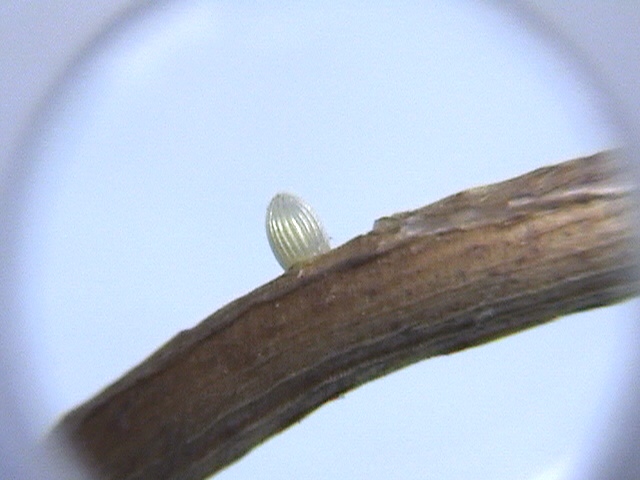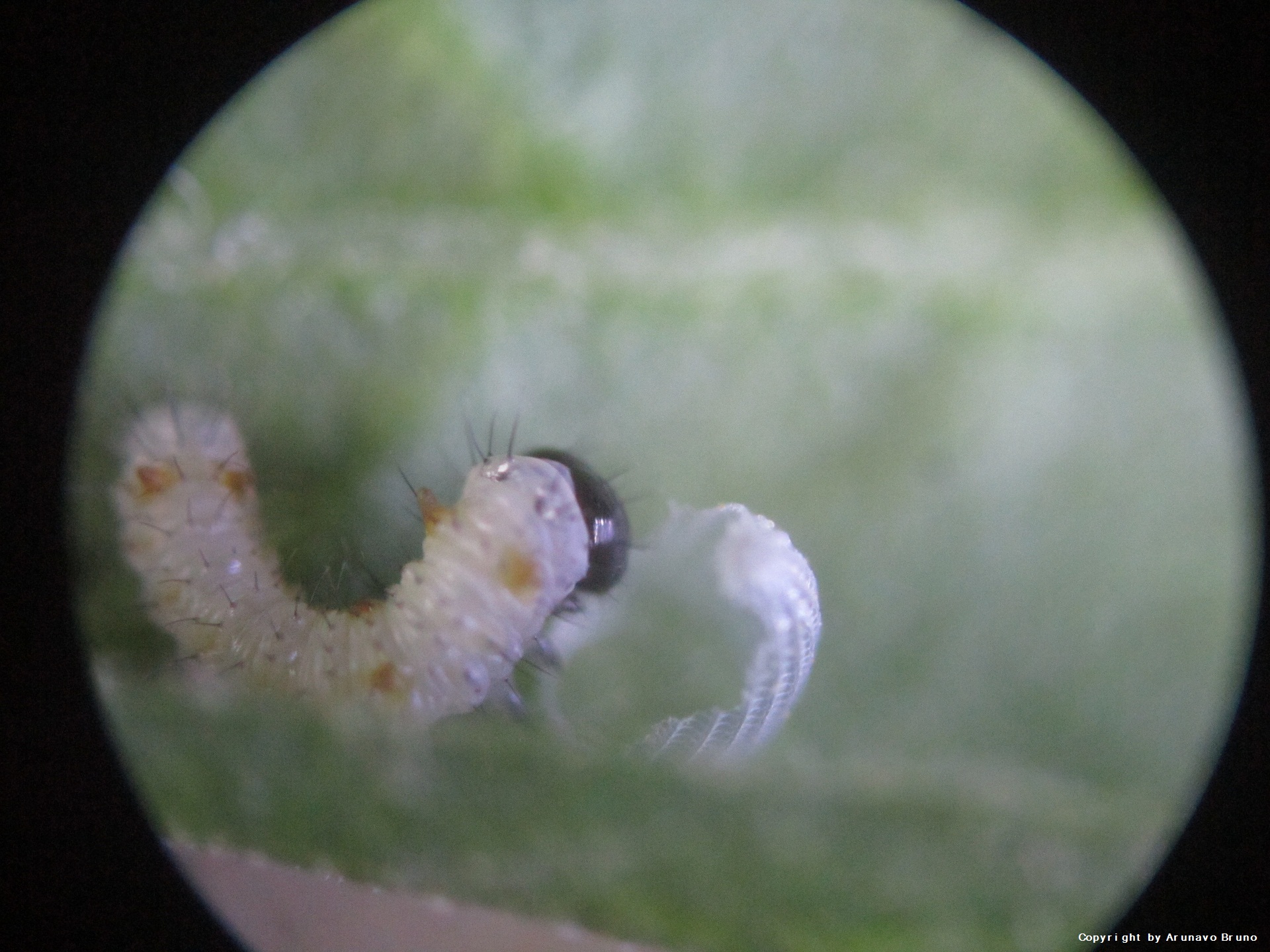Lift your foot off the gas:
the butterfly is crossing the road
– Eeva Karin Kilpi
Among Chubeza’s many blessings are the very special, wonderful people we meet, who sometimes accompany us over the long green paths through the fields. One such person is Melissa Milgram of Kibbutz Gezer. Melissa became a Chubeza client in our very first weeks some 20 years ago. Over the years, she has since accompanied us in many different hats: as a neighbor, employee, volunteer, consultant, cottage industry producer (dried fruits and fruit leather), and most of all as a friend. Melissa, who formerly worked in the Ministry of Agriculture’s Plant Protection and Inspection Services Authority, has an inquisitive, investigative mind, specifically in the realms of nature, plants and insects. Around two months ago, Melissa’s daughter Yemima joined us to help with the daunting task of weeding the field. At the close of the day, Melissa and Yemima showed us a beautiful caterpillar they found when weeding the garlic bed. This was an unusual caterpillar, not one of the familiar ones in our field. It didn’t resemble any of the gluttonous caterpillars that love to nibble on our vegetables. And it was also spotted nibbling on an unusual plant which we don’t often find in the field grasses: the Cynanchum acutum, a species of climbing vine swallowworts. Here’s what the hungry caterpillar looks like:

Determined to investigate, we began searching for pictures resembling this caterpillar’s distinctive appearance. Finally, we determined that it was a Danaus chrysippus, known as the African Queen (or African Monarch or Plain Tiger), a migratory butterfly which spends its winter in the warm and eastern parts of Israel in the Dead Sea area. In summer, it migrates and heads north to the lowlands and the Coastal Plain, returning to the warm east at winter’s arrival. With the winter warming over recent years, the African Queen’s stay in the north is lengthening. With this year’s too-summery December, she apparently got confused in her schedule and took her good old time fluttering over the Chubeza region.
So, what’s the story of this caterpillar and the African Queen butterfly?
The tale begins… with an egg. The African Queen butterfly grabs the upper side of a leaf, wraps its abdomen around the leaf’s edge, and lays an egg on the underside, a yellowish, tall, glowing egg. She then continues on to the next leaf, laying only one egg at a time, to avoid future fights over living space between her offspring. When the caterpillar hatches from the egg, it begins its nibbling expedition by polishing off the egg from which it hatched, and then continues to wolf down the leaves around it as well.
This caterpillar actually feeds on the leaves of poisonous plants, like the climbing vine swallowwort we mentioned. In an ingenious mechanism of nature, the toxicity in the leaves it eats does not harm it, but this makes its body toxic (and also smelly and yucky-tasting…) to other animals, thus protecting the clever caterpillar from being eaten by its predators. Plus, it also broadcasts a warning that it’s a dangerous creature: the hues that adorn the caterpillar’s body, yellow-black-white-red, are warning colors that signal to his attackers to take heed. And this works! The African Queen caterpillars (and butterflies) have nearly no natural enemies that prey upon them. What endangers these beauties are harsh climatic conditions and diseases harmful to caterpillars.
So, after the brief investigation we conducted, Yemima, now intrigued, took the hungry, glamorous caterpillar home to raise it. It turned out to be a critter with one very healthy appetite (here it happily munches on a tempting swallowwort):
Once the caterpillar is sated at last, it becomes embodied in a protective greenish cocoon cloak, within which it waits until hatching… into an absolutely beautiful butterfly. Here she is in her new wardrobe:

The African Queen is a fairly common butterfly in the world, primarily in Asia, Africa, Australia and India. It is related to the royal Monarch butterfly family. Its Latin name Danaus chrysippus is derived from King Danaus of Greek mythology. The African Queen is also called the African Monarch, and in Australia goes by “Plain Tiger,” although nothing about it is plain, if you ask me. In Hebrew it has another name: “Sodom Apple Monarch” after a (poisonous) plant that she likes to nosh on and devour.
Even as a butterfly, she never stops gorging, and like many butterflies, has a sweet tooth as well. Here Yemima and Melissa are feeding her a yummy, juicy apple. Just watch her lick her lips (tentacles)!
Several days ago, after a stretch of loving, indulging babysitting, our now-adult African Monarch was set free, spreading her wings and flying off in the distance… We hope she’ll find her way to warm spots in the east, and send the Next Generation our way for a reunion in a few months, with the return of the great heat. Thanks to Melissa and Yemima for their devoted care of the lovely Monarch, and for sharing her story with us.
Simultaneous with the flight of our African Queen this week, we were informed of the release of two hostages from captivity in Gaza. May every one of our precious hostages soon be free as butterflies and speedily return home!
Wishing you all a quiet week filled with good tidings,
The Chubeza Team
__________________________________
WHAT’S IN THIS WEEK’S BOXES?
Monday: Fresh onions, fennel/baby radishes/daikon, lettuce, spinach/tatsoi/arugula/Swiss chard/kale, potatoes/sweet potatoes, broccoli/cauliflower, celery stalk/celeriac, tomatoes, cucumbers, kohlrabi/beets/carrots. Small boxes only: Parsley root.
Large box, in addition: Parsley/coriander, cabbage/red sweet peppers/ slice of pumpkin, fava beans/peas/Jerusalem artichokes, leeks.
FRUIT BOXES: Bananas, oranges/ pomelit, avocados, red apples, clementinas.
Wednesday: Fresh onions, fennel/baby radishes/daikon, lettuce, spinach/tatsoi/arugula/Swiss chard/kale, potatoes/sweet red pepper, broccoli/slice of pumpkin, cauliflower/cabbage/sweet potatoes, tomatoes, cucumbers, kohlrabi/carrots, : Parsley root/parsley/coriander.
Large box, in addition: Celery stalk/celeriac, fava beans/peas/Jerusalem artichokes, beets/leeks.
FRUIT BOXES: Bananas, oranges/ pomelit, avocados, red apples, clementinas.


